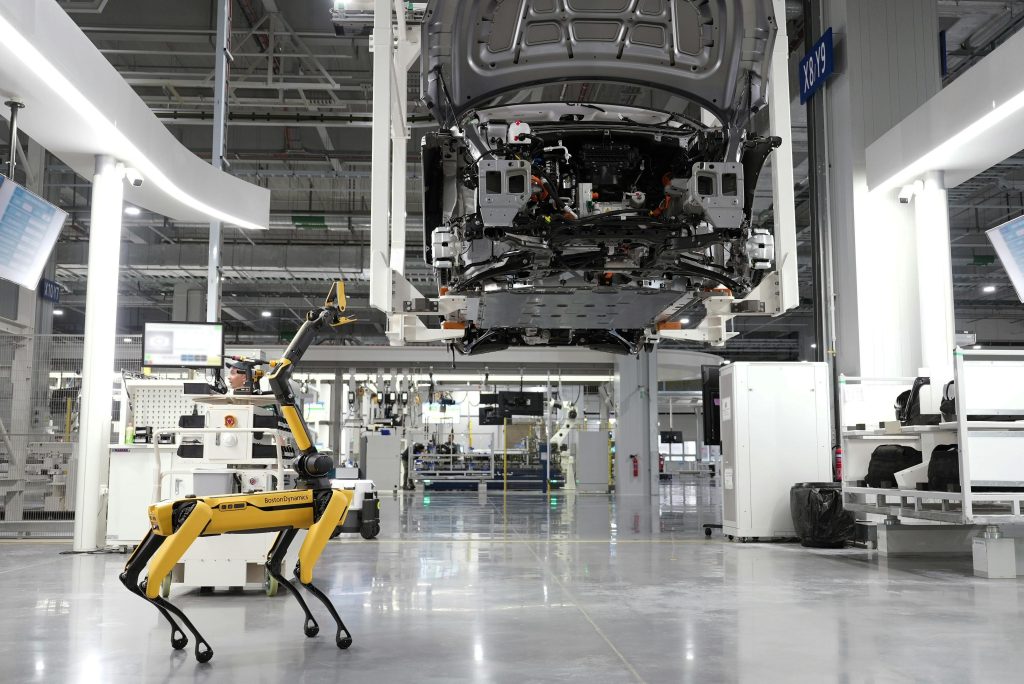Global supply chain management is a cornerstone of modern business operations, enabling the seamless flow of goods and services across borders. However, the increasing complexity of global trade, coupled with disruptions like pandemics, geopolitical tensions, and climate change, has exposed vulnerabilities in traditional supply chain models. This article explores the evolving landscape of global supply chains, effective approaches to overcoming challenges, and the future trends shaping this critical sector.
The Evolving Landscape of Global Supply Chains
Global supply chains have undergone significant transformation in recent years, driven by factors such as globalization, technological advancements, and shifting consumer expectations. However, this evolution has also introduced new challenges:
- Disruptions and Uncertainty: Events like the COVID-19 pandemic, natural disasters, and geopolitical conflicts have highlighted the fragility of global supply chains. For instance, the pandemic caused widespread delays, with 94% of Fortune 1000 companies reporting supply chain disruptions (Harvard Business Review, 2021).
- Rising Costs: Increasing fuel prices, labor shortages, and inflation have escalated operational costs, putting pressure on businesses to optimize their supply chains.
- Sustainability Demands: Consumers and regulators are demanding greener practices, pushing companies to reduce their carbon footprint and adopt sustainable logistics solutions.
- E-commerce Growth: The surge in online shopping has heightened expectations for faster delivery times and greater transparency, challenging traditional supply chain models.

Approaches to Overcoming Global Supply Chain Challenges
To address these challenges, businesses are adopting innovative strategies and technologies. Here are some key approaches:
1. Leveraging Technology for Real-Time Visibility
Advanced technologies like IoT (Internet of Things), AI (Artificial Intelligence), and blockchain are revolutionizing supply chain management by providing real-time visibility and predictive insights.
- IoT-enabled tracking: Sensors and connected devices monitor shipments, ensuring transparency and reducing the risk of delays.
- AI-driven analytics: Predictive tools analyze data to forecast disruptions and optimize routes.
- Blockchain for transparency: Secure, decentralized records enhance accountability and traceability across the supply chain.
Example: Walmart uses blockchain to track food products, reducing the time required to trace items from days to seconds (Forbes, 2020).

2. Building Resilient Supply Chains
Resilience is critical to mitigating disruptions. Companies are adopting strategies such as:
- Diversified sourcing: Reducing reliance on single suppliers or regions to minimize risks.
- Strategic stockpiling: Maintaining buffer stocks of critical materials to ensure continuity during shortages.
- Flexible logistics networks: Adapting quickly to changing circumstances, such as shifting transportation modes or rerouting shipments.
Example: During the Suez Canal blockage in 2021, companies with flexible logistics networks were able to reroute shipments and minimize delays (BBC, 2021).
3. Embracing Sustainability
Sustainability is no longer optional—it’s a business imperative. Companies are adopting eco-friendly practices such as:
- Green transportation: Using electric vehicles and optimizing routes to reduce emissions.
- Energy-efficient warehouses: Implementing renewable energy sources and smart energy management systems.
- Circular supply chains: Promoting recycling and reuse of materials to minimize waste.
Example: IKEA has committed to becoming a circular business by 2030, focusing on recycling and reusing materials (IKEA Sustainability Report, 2022).

4. Enhancing Collaboration and Partnerships
Strong partnerships are essential for effective supply chain management. Companies are fostering collaboration through:
- Integrated platforms: Shared digital systems that facilitate seamless communication and coordination.
- Joint problem-solving: Collaborative approaches to address challenges like capacity constraints or regulatory changes.
Example: Procter & Gamble collaborates with suppliers to co-develop sustainable packaging solutions, reducing waste and improving efficiency (P&G Sustainability Report, 2021).
The Future of Global Supply Chains
As global supply chains continue to evolve, several trends are shaping their future:
- Digital Transformation: The adoption of automation, AI, and machine learning will enhance efficiency and decision-making.
- Sustainability Focus: Green logistics and circular economies will become standard practices.
- Customer-Centric Solutions: Tailored services will meet the unique needs of different industries and consumers.
- Resilience and Agility: Companies will prioritize flexibility to adapt to unforeseen disruptions.
Example: By 2025, 80% of supply chain interactions are expected to occur across cloud-based platforms, enabling greater collaboration and efficiency (Gartner, 2021).

Conclusion
Global supply chain challenges are complex, but with the right strategies, businesses can overcome them and thrive in an ever-changing landscape. By leveraging technology, building resilience, embracing sustainability, and fostering collaboration, companies can create efficient, reliable, and future-ready supply chains.
As the world becomes more interconnected, the ability to adapt and innovate will be the key to success in global supply chain management.
References:
- Harvard Business Review (2021). How COVID-19 Impacted Global Supply Chains. Link
- Forbes (2020). How Walmart Uses Blockchain to Improve Food Safety. Link
- BBC (2021). Suez Canal Blockage: How Companies Adapted. Link
- IKEA Sustainability Report (2022). Commitment to Circular Business. Link
- Gartner (2021). Future Trends in Supply Chain Management. Link